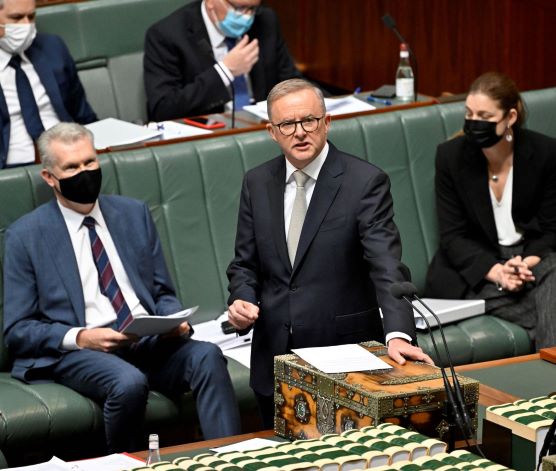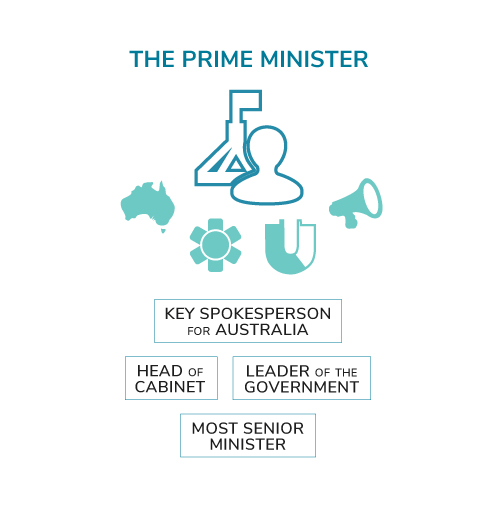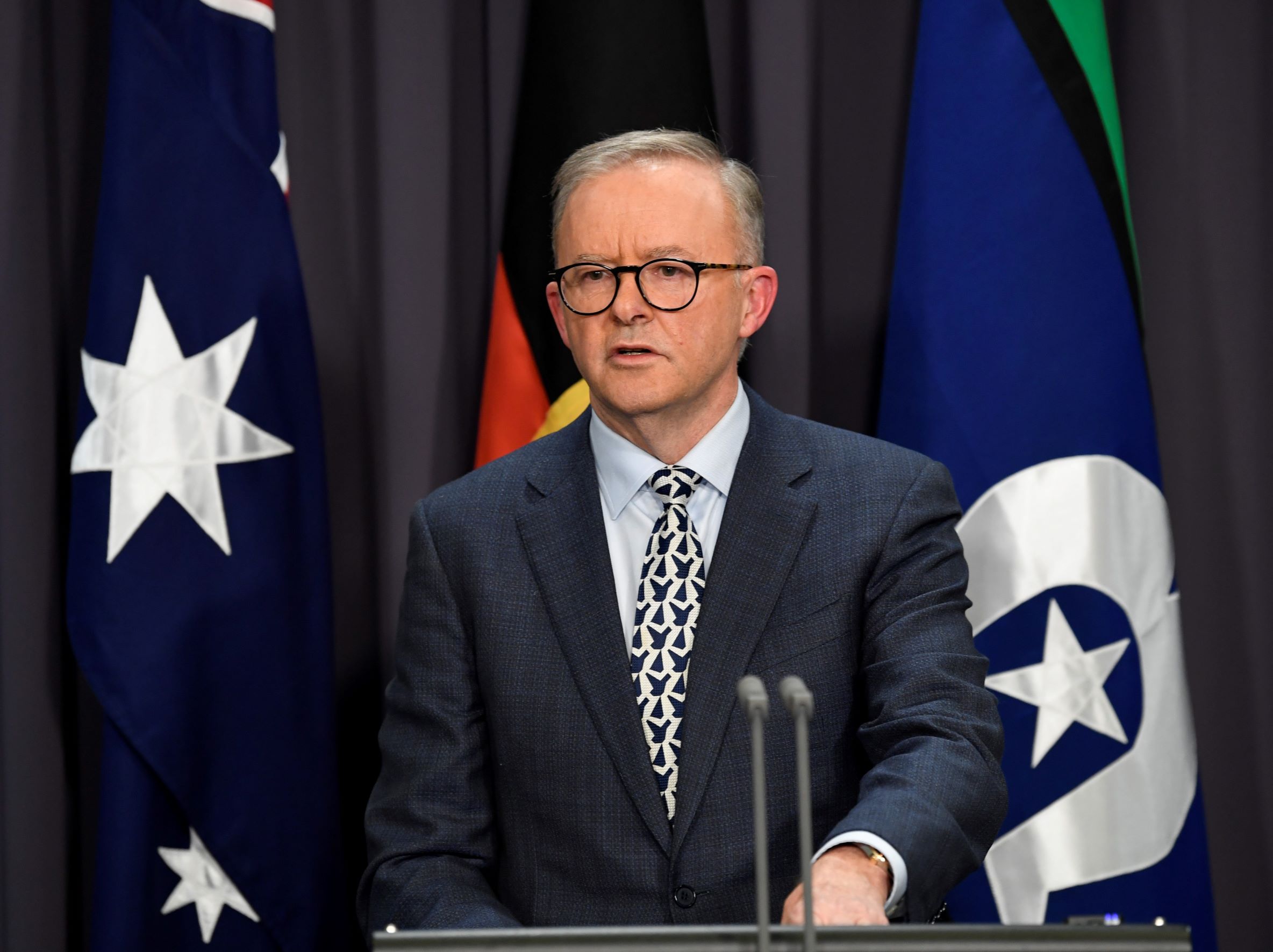Prime Minister
Understand the role of the Prime Minister with this fact sheet, including how the Prime Minister is chosen and their responsibilities.
What will I learn?
- The Prime Minister of Australia is the leader of the Australian Government.
- The Prime Minister is chosen by a vote of the members of the party in government.
Curriculum alignment
Year 6 ACHASSK193
Year 7 ACHCK048
Who is the Prime Minister?
The Prime Minister speaking from the Despatch Box in the House of Representatives

DPS Auspic
Description
The Prime Minister stands and speaks at an ornate wooden box – a Despatch Box – in the House of Representatives. There are books on the table in front of him and people sitting on green benches in the background.
Copyright information
Permission should be sought from DPS AUSPIC for third-party or commercial uses of this image. To contact DPS AUSPIC email: auspic@aph.gov.au or phone: 02 6277 3342.
The Prime Minister speaking from the Despatch Box in the House of Representatives

DPS Auspic
Description
The Prime Minister stands and speaks at an ornate wooden box – a Despatch Box – in the House of Representatives. There are books on the table in front of him and people sitting on green benches in the background.
Copyright information
Permission should be sought from DPS AUSPIC for third-party or commercial uses of this image. To contact DPS AUSPIC email: auspic@aph.gov.au or phone: 02 6277 3342.
The Prime Minister is the leader of the Australian Government – the parliamentary party, or coalition of parties, that have the support of the majority of members in the House of Representatives. By convention – tradition – the Prime Minister is a member of the House. Their duties as Prime Minister are in addition to representing their electorate in the Australian Parliament.
Choosing the Prime Minister
The people of Australia do not vote for the Prime Minister; they elect the people they want to represent them in the Australian Parliament.
The Prime Minister is chosen by a vote of the members of the party in government. The Prime Minister can keep their job as long as they are a member of parliament and have the support of the government.
If the party in government decides to change their leader, the Prime Minister will change.
Australia has no maximum period of service for a Prime Minister.
Role
Role of the Prime Minister in Australia

Parliamentary Education Office (peo.gov.au)
Description
The Prime Minister is:
- the most senior minister in the Australian Government
- the key spokesperson for Australia
- the head of Cabinet
- the leader of the government.
Copyright information
This work is licensed under a Creative Commons Attribution-NonCommercial-NoDerivs 3.0 Unported License.
You are free to share – to copy, distribute and transmit the work.
Attribution – you must attribute the work in the manner specified by the author or licensor (but not in any way that suggests that they endorse you or your use of the work).
Non-commercial – you may not use this work for commercial purposes.
No derivative works – you may not alter, transform, or build upon this work.
Waiver – any of the above conditions can be waived if you get permission from the copyright holder.
- chairing meetings where the government discusses policies and examines bills – proposals for new laws
- selecting members of the government to be ministers
- leading Cabinet in deciding government policy
- being the leading government spokesperson
- representing the Australian Government overseas
- advising the Governor-General about important issues such as the appointment of ambassadors and heads of government departments
- advising the Governor-General about constitutional matters
- deciding when to call a federal election and leading their team’s campaign.
The role of Prime Minister is not mentioned in the Australian Constitution. They work according to practices and customs that developed over hundreds of years in the British Parliament and the traditions of the Australian Parliament.
When the Prime Minister is overseas or on leave, the Deputy Prime Minister becomes Acting Prime Minister and takes on the roles of Prime Minister.
The Prime Minister giving a press conference

DPS Auspic
Description
The Prime Minister, Hon Anthony Albanese MP, giving a press conference at Australian Parliament House.
Copyright information
Permission should be sought from DPS AUSPIC for third-party or commercial uses of this image. To contact DPS AUSPIC email: auspic@aph.gov.au or phone: 02 6277 3342.
The Prime Minister giving a press conference

DPS Auspic
Description
The Prime Minister, Hon Anthony Albanese MP, giving a press conference at Australian Parliament House.
Copyright information
Permission should be sought from DPS AUSPIC for third-party or commercial uses of this image. To contact DPS AUSPIC email: auspic@aph.gov.au or phone: 02 6277 3342.
Parliamentary work
When in the House of Representatives, the Prime Minister sits at the central table in front of the government and directly opposite the Leader of the Opposition. As the head of the Australian Government, they take the lead in making major speeches to Parliament about government policy and answer the most questions directed to the government during .
The Prime Minister has a large office, centrally located in the ministerial wing of Parliament House.
